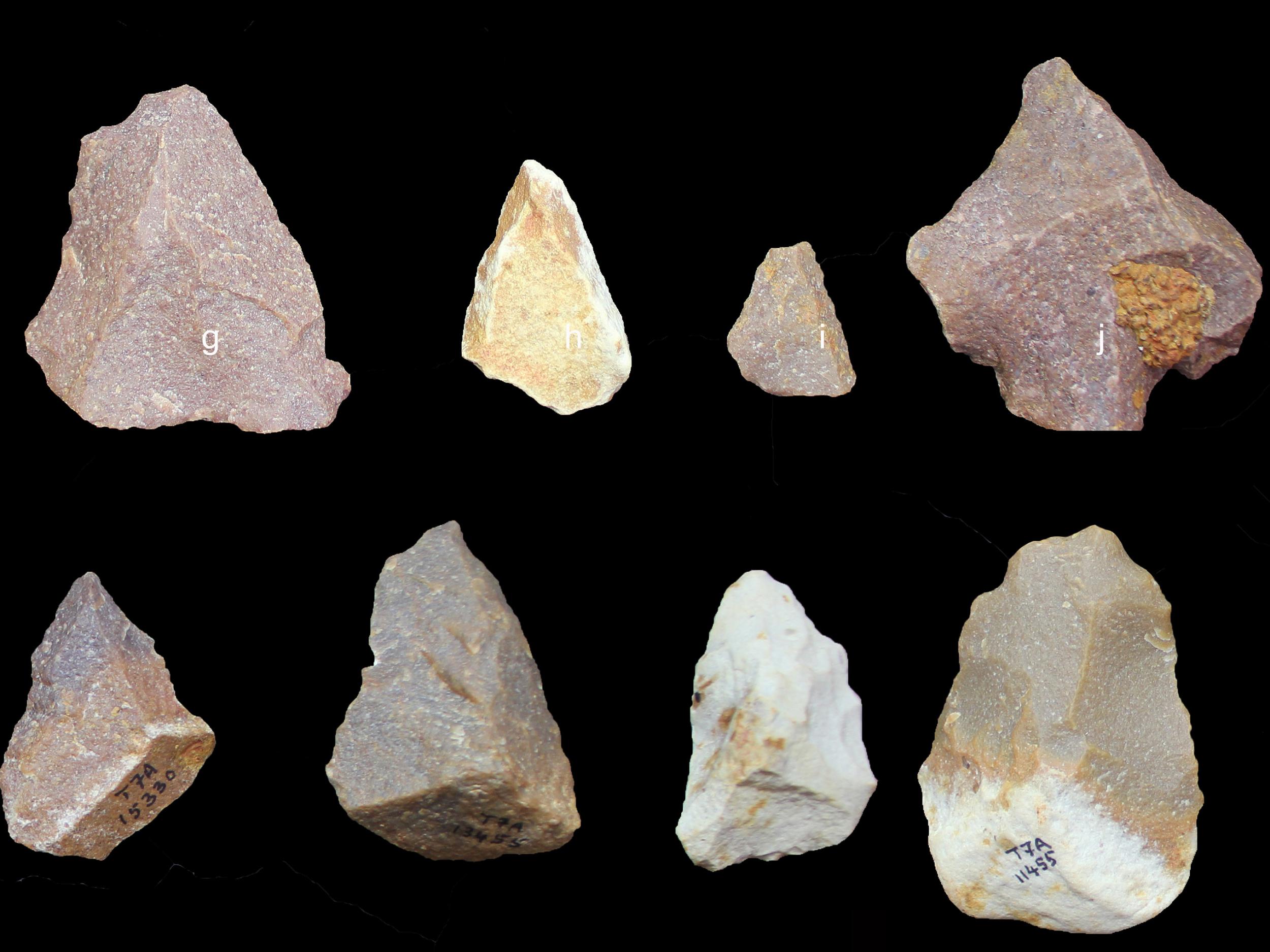Mysterious stone tools found in India suggest early human exit from Africa
Archaeologists say advanced artefacts could be evidence of early migration into region, but are 'very cautious' about conclusion due to lack of fossil remains

Your support helps us to tell the story
From reproductive rights to climate change to Big Tech, The Independent is on the ground when the story is developing. Whether it's investigating the financials of Elon Musk's pro-Trump PAC or producing our latest documentary, 'The A Word', which shines a light on the American women fighting for reproductive rights, we know how important it is to parse out the facts from the messaging.
At such a critical moment in US history, we need reporters on the ground. Your donation allows us to keep sending journalists to speak to both sides of the story.
The Independent is trusted by Americans across the entire political spectrum. And unlike many other quality news outlets, we choose not to lock Americans out of our reporting and analysis with paywalls. We believe quality journalism should be available to everyone, paid for by those who can afford it.
Your support makes all the difference.Advanced stone tools and blades found at a site in India have made archaeologists question the origins and early evolution of humans outside Africa.
Over 7,000 artefacts were unearthed at Attirampakkam in southern India, some of which suggest a level of development known as “Middle Palaeolithic culture”.
Based on analysis of the tools, this culture appears to have emerged in India around 385,000 years ago, roughly the same time it developed in Europe and Africa.
The findings challenge the assumption that Middle Palaeolithic technology was brought to India between 46,000 and 140,000 years ago.
Crucially, it could also mean migration by modern humans out of Africa took place earlier than previously thought.
However, the researchers noted they were “very cautious on this point” because no human fossils were found with the tools.
Recently the discovery of a 200,000 year-old jawbone in Israel provided the earliest direct evidence of humans migrating out of Africa.
That discovery was described as “exciting” by experts as it pushed the date of human migration out of Africa back by up to 100,000 years.
However, the lack of human remains with the Indian tools means it is impossible to say for certain whether they were made by modern humans – Homo sapiens – or some other species of archaic human such as Neanderthals.
Professor Shanti Pappu of the Sharma Centre for Heritage Education said it is unclear whether the technology is the result of migration bringing in new ideas, or early non-Homo sapiens inhabitants of the region developing advanced tools in isolation.
The results of the study were published in the journal Nature.
Dr Michael Petraglia, an archaeologist at the Max Planck Institute for the Science of Human History, who was not involved in the research, said he did not think these tools provided enough evidence to push humanity’s departure from Africa even further back.
“I simply don’t buy it,” said Dr Petraglia, who specialises in early human evolution in Asia.
Instead, he agreed with the other option offered by Professor Pappu – that early, non-modern humans living in southern India developed the tool style without the need for input from outsiders.
The tools discovered at the Attirampakkam site show a range of complexities, and appear to show a development in style which could mean the more advanced Middle Palaeolithic tools were arrived at gradually.
Understanding the transition of tool making across India is difficult, as there are very few well-studied archaeological sites across the region.
Join our commenting forum
Join thought-provoking conversations, follow other Independent readers and see their replies
Comments